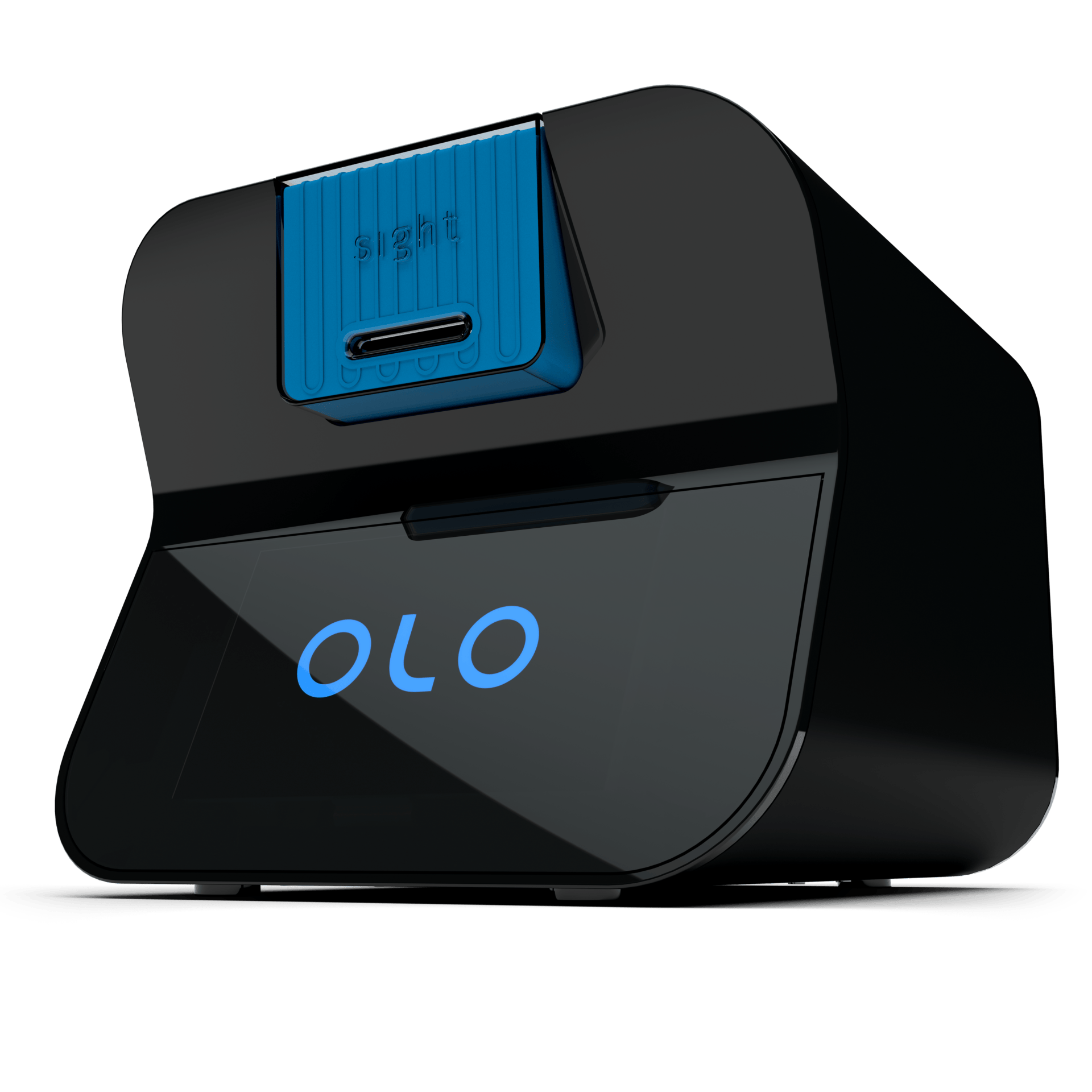
Study confirms point of care full blood count as accurate as gold standard laboratory analyser
The study that took place between June 2018 and March 2019 across 3 sites in Boston, New York and Albuquerque describes how Sight OLO has shown to be as accurate as the Sysmex XN, considered the gold standard full blood count (FBC) analyser.
The American Journal of Hematology published the method comparison study which investigated the accuracy of Sight OLO as compared with the Sysmex XN-1000 System (Sysmex, Kobe, Japan), as well as repeatability and flagging capabilities. The performance of the analyser was assessed using venous, capillary and fingerprick blood samples. 679 samples were studied, including both normal and pathological samples in order to assess Sight OLO’s performance across the analytical measuring range and around medical decision points. The results of the regression analysis show strong concordance between OLO and the Sysmex XN.
Unlike traditional FBC testing equipment, Sight uses cutting-edge AI and computer vision to create a rich dataset of blood imagery. OLO is maintenance free, does not require reagents and delivers results from only 2 drops of blood (27µL) making it ideal for point of care use.
OLO performs with high accuracy for all FBC parameters and demonstrated high repeatability for most of the testing parameters. The overall WBC flagging capabilities of OLO showed good clinical utility for both sensitivity and specificity.
The study also demonstrated the validity of performing five-part differential FBC analysis using direct-from-finger samples: Sight OLO was able to produce results from fingerprick blood that are equivalent to those obtained using venous blood draws. Finger prick samples are especially ideal for young patients (from 3 months), elderly, vulnerable or needle-phobic.
Using OLO at the point of care aims to reduce unnecessary hospital admissions, reduce waiting time, improve workflow and patient satisfaction.
The full study is available here: https://onlinelibrary.wiley.com/doi/10.1002/ajh.26295
